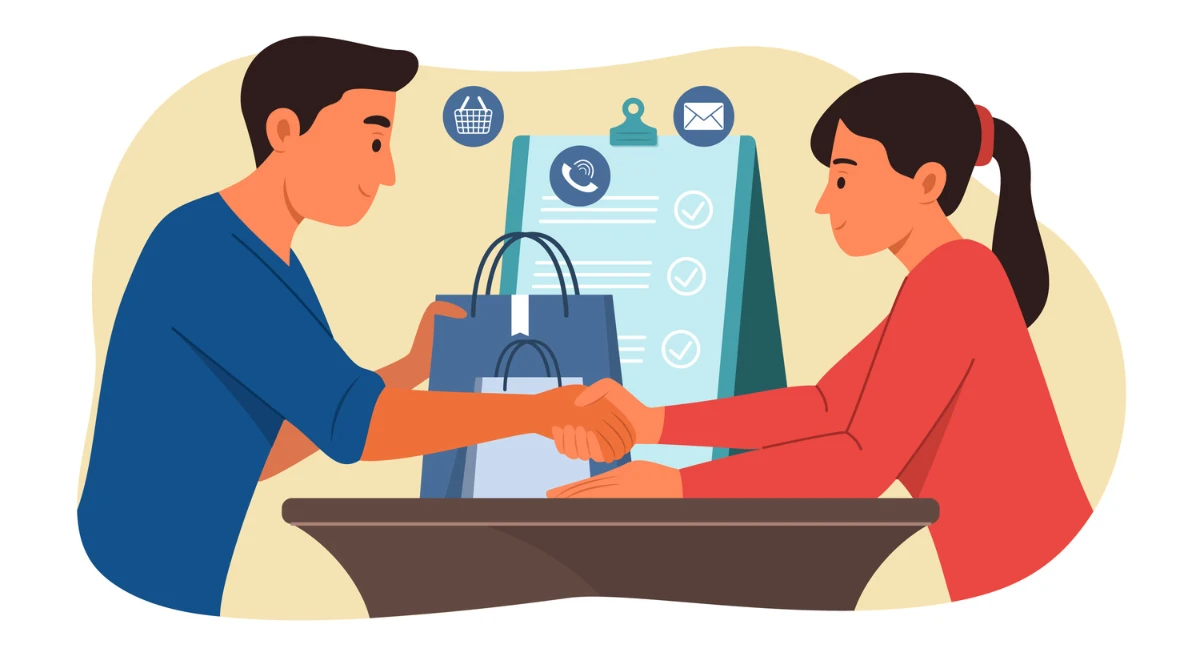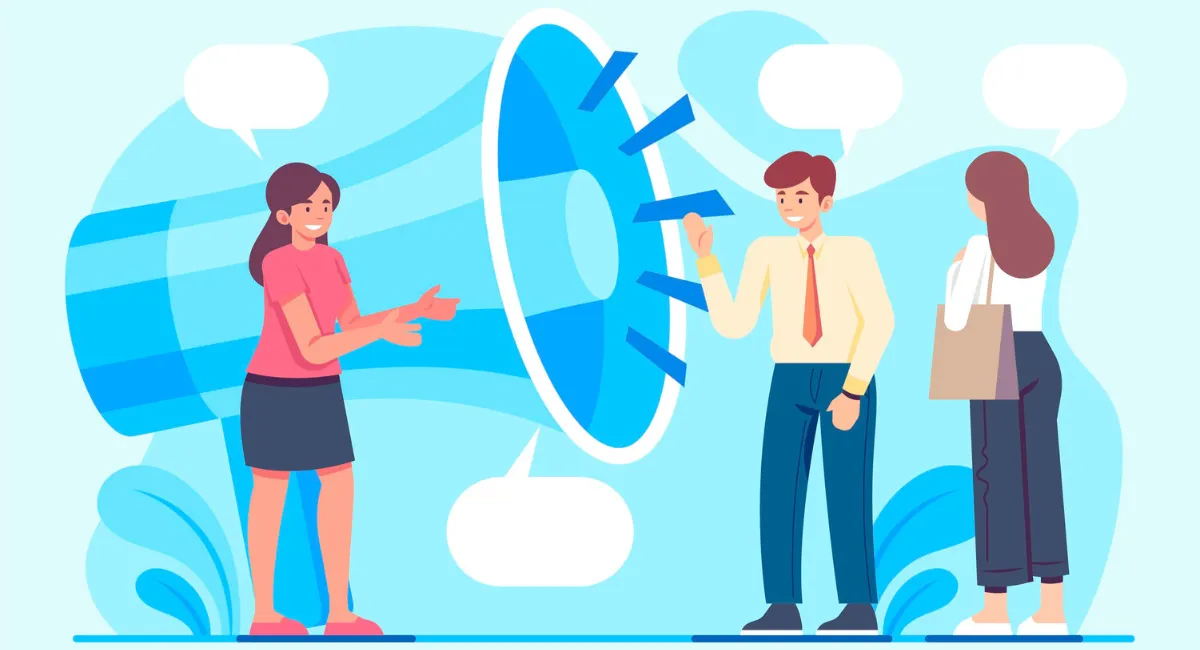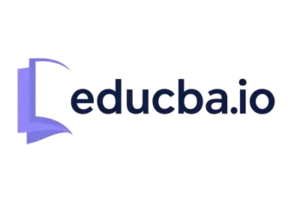It is among those very basic elements in human interaction—a moment of connection—and knowing how to respond naturally to “thank you” is a great social skill. The truth is, the way one reacts to a thank-you, whether through social media, in the office, or in day-to-day life, really matters.
We are going to try and give responses that are humanized and sound natural and which will make you appear sincere, furthering your relationships. The rest of this guide will deal with the different ways casual, polite, and professional responses sound from stiff or rehearsed ones.
Why Your Response to “Thank You” Matters
A small-sounding response can hold much weight. Your response to someone for their gratitude is not some formality; rather, it is one of those important tools in building relationships and connections.
It is a form of courtesy and social sensitivity showing awareness; it shows appreciation for acknowledging the person. A good response ready in such a case avoids uncomfortable silence or use of cold, rehearsed responses, which take away the friendliness of the original thank you.
A reflective response might indicate that it was well worth the effort and you are glad you could have helped.
Common Mistakes When Responding to Thank You
Even with the best of intentions, a host of common mistakes can make your response sound less sincere.
Another common tendency is toward the use of overly formal, even robotic phrasing. Example: “You are most welcome.” Especially in a casual context, that seems stiff and fake. Always use language that is suitable for the situation.
Another mistake is failing to account for context: what the tone and context of the situation will be. Clearly, what is acceptable in a formal email cannot be appropriate when one is called upon to help a friend move furniture.
Finally, by simply defaulting to saying the same thing, you are missing the opportunity for real communication. A wide vocabulary of gratitude should come naturally to you.

Reactions to “Thank You” That Are Appropriate and Courteous
It will be simpler to decide on the best course of action in a particular circumstance if you have more options.
Standard Polite Responses
The following tried-and-true responses balance ease with civility for most circumstances:
You’re really welcome.
This is the traditional, always-acceptable answer; it’s direct, easily understood, and all too readily adopted.
My pleasure.
This is a bit warmer and gives the impression that one really enjoyed helping out, which is excellent in showing enthusiasm about one’s service or action.
Not an issue.
That’s a general informal expression that would apply to most situations. That means it was easy for you, or it didn’t bother you.
Warm or Informal Responses
A person is casual and lets his guard down when he is amongst friends or intimate acquaintances.
Anytime!
It means that one would and could, at any moment in the future, help a person in question. Very friendly and true answer.
I’m here to help.
A brief, simple statement that one’s assistance was voluntary.
Of course.
Meaning, in an informal sense, to you, helping was natural, expected of you, or easy.
Professional Responses for Work or Email
They all try to be helpful, polite, and proficient in their jobs while e-mailing.

Glad that was helpful.
The best would be concise, professional, and an assurance that help could be given when required.
I’m happy that was helpful.
Both more intimate and professional at the same time. It shows satisfaction because of the other person’s successful outcome.
Please let me know if there is anything else I can do to help.
This is a good ending since it shows appreciation to the user while still being customer-focused and offering additional assistance.
How to Behave in Various Situations
It’s all about the situation a person places him- or herself in concerning trying to acknowledge appreciation.
In person
This implies that a large portion of your speech is conveyed nonverbally during a face-to-face interaction. A simple, sincere smile, a brief nod, or an open body posture conveys significantly more about your sincerity than words could.
Above all, though, you adjust your tone according to the circumstance: if it’s a business talk, maintain composure under pressure; if it’s informal assistance, be upbeat and enjoyable. The greatest method to express “thank you” in person is to speak, both audibly and nonverbally.
SMS or online messages
Brief, natural responses, fast typing, and reading are the basis of the digital communicative exchange. Long formal responses sound out of place here.
Examples include “No worries” or “Glad I could help!” The idea is to make it quick and direct, without breaking up the flow of conversation.
Cultural Considerations
First, it is relevant to point out that the phrases for thanking appropriately are very different across countries and cultures.
In other cultures, one is expected to minimize their own efforts. The majority of East Asian cultures permit a modest bow or even a humble reaction that requires less work. Thank you for letting me help,” said gently and with a lovely smile, is usually appropriate and courteous when in doubt.
Innovative and Humanized Approaches to Reaction
Additionally, you’ll be able to highlight your uniqueness and make the response appear more sincere and memorable by avoiding common phrasal terms.
A small amount of personalization might make a big difference. Say “I’m glad that worked out for you!” as opposed to “Glad that worked out.” As an alternative, “It was a pleasure seeing that project succeed.” Let them know you remember what particular action it was.
Using humor works but really is best when being highly cautious and using it with people one is well familiar with. A lighthearted response works, such as “Consider it payment for the next favor you owe me,” but not anything that would be misconstrued as sarcasm or dismissiveness.
The thank-yous might also be appreciated. A straightforward “Thanks for saying that; I really appreciate the feedback” strengthens the relationship and recognizes their consideration.
Tips to sound natural and authentic
Always sounding like yourself is the key to mastering the “thank you” answer.

Steer clear of terms that have been too practiced or committed to memory. Words that seem too fast or flawless give the impression that you’re reading from a script. At that moment, let the words come easily.
Lastly, practice your replies to regular conversations. When you employ a variety of terms, they will come out more organically. Using the secondary keywords, such as what to say following “thank you,” come up with several ways to express that you were pleased to assist.
Conclusion
Understanding the response to “thank you” means so much more than learning politeness expressions; it is about reinforcing that human touch. This paper discussed the importance of your response, common mistakes to avoid, and gave a range of responses for situations that are casual, friendly, and professional.
The best response is always the one that comes naturally to the circumstance and makes the most sense. Depending on the circumstance and the person you are speaking to, we advise you to attempt different responses. You could be able to build social and professional relationships using these conversational terms, and you’ll be able to add a kind and organic touch to every discussion.
FAQs
Which style of saying “thank you” is the most common and courteous?
The most often used and safe all-purpose greeting is “you’re welcome.” In most cases, it is appropriate.
When someone compliments you, is it appropriate to say, “No problem”?
“No problem” really reduces the amount of effort required, is suitable, and is a frequent response among friends and coworkers.
How would you respond if someone thanked you for a significant favor?
Where there is an issue of returning a big favor, a warmer phrase such as “My pleasure” or “I was really glad to be able to help you with” is used.
Is it OK to use “You are most welcome” in a formal email?
“You are most welcome” may seem too formal or even stiff, although it is technically acceptable. “Glad I could help” or “I am happy it helped” would be far more suitable responses.


